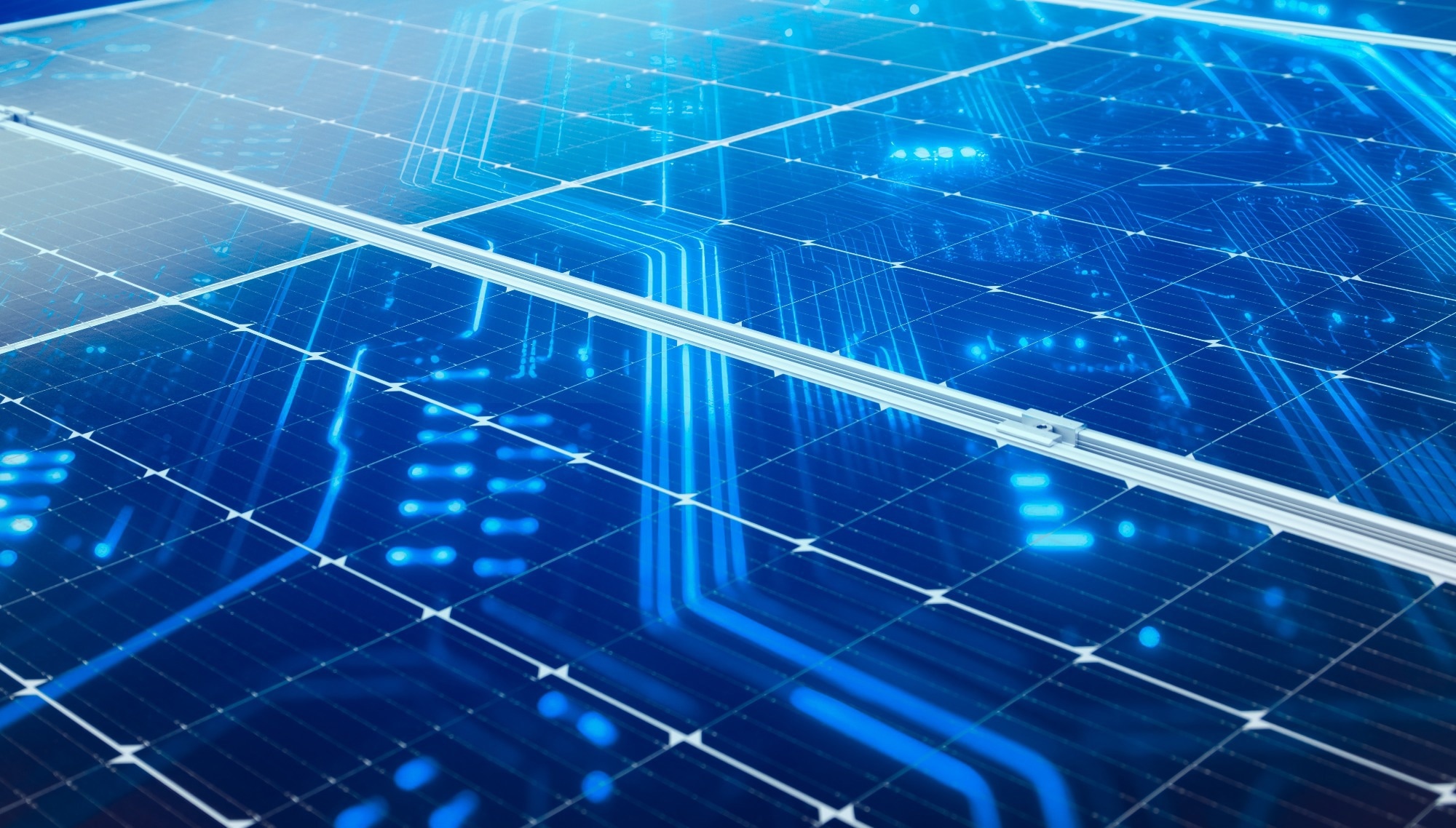Reviewed by Frances BriggsNov 10 2025
By sealing perovskite cells with a single fluorinated layer, scientists have pushed solar efficiency to 27 %, preventing early degradation.
 Study: Supramolecular Halogen Bond Passivation of Organic–Inorganic Halide Perovskite Solar Cells. Image Credit: Quality Stock Arts/Shutterstock.com
Study: Supramolecular Halogen Bond Passivation of Organic–Inorganic Halide Perovskite Solar Cells. Image Credit: Quality Stock Arts/Shutterstock.com
An international team led by Prof. Dr. Antonio Abate from Helmholtz-Zentrum Berlin has successfully enhanced the stability of perovskite solar cells by introducing a novel coating at the interface between the perovskite surface and the upper contact layer. The study was published in Nature Photonics.
Perovskite solar cells are cost-effective to manufacture and produce a significant amount of electrical power per unit area.
However, their stability is currently insufficient, which results in a faster decline in efficiency compared to the silicon industry benchmark. This innovation has also increased efficiency to nearly 27 %, marking the pinnacle of current technology.
In fact, after 1,200 hours of uninterrupted operation under standard lighting conditions, there was no observed reduction in efficiency.
We used a fluorinated compound that can slide between the perovskite and the buckyball (C60) contact layer, forming an almost compact monomolecular film.
Dr. Antonio Abate, Professor, Helmholtz-Zentrum Berlin für Materialien und Energie GmbH
These Teflon-like molecular layers chemically isolate the perovskite layer from the contact layer, resulting in fewer defects and losses. Additionally, the intermediate layer increases the structural stability of both adjacent layers, particularly the C60 layer, making it more uniform and compact.
It's like the Teflon effect: The intermediate layer forms a chemical barrier that prevents defects while still allowing the electric contact.
Dr. Antonio Abate, Professor, Helmholtz-Zentrum Berlin für Materialien und Energie GmbH
High Efficiency Plus Stability
By using this method, perovskite solar cells can achieve a laboratory-scale efficiency of 27 %, which is slightly higher than the 26 % efficiency observed without the intermediate layer.
Despite just a one percent increase, this improvement in stability is significant: even after 1,200 hours of continuous exposure to a 'standard sun', this elevated efficiency remains unchanged. “1,200 hours correspond to one year of outdoor use,” Abate emphasizes.
In the comparative cell lacking the 'Teflon layer', the efficiency declined by 20 % after merely 300 hours.
The coating exhibited impressive thermal stability after aging for 1,800 hours at 85 °C and undergoing over 200 cycles between –40 °C and +85 °C.
The perovskite solar cells investigated featured an inverted (p-i-n) architecture, which is particularly advantageous for integration into tandem cells, for instance, in conjunction with silicon cells.
The Idea Had Been Germinating for Years
The idea of using such Teflon-like molecules to form an intermediate film has been on my mind since my postdoctoral days in Henry Snaith’s lab, who did pioneer research on the perovskite materials. At that time, in 2014, the efficiency was only 15 %, declining significantly within a few hours. We have made huge progress.
Dr. Antonio Abate, Professor, Helmholtz-Zentrum Berlin für Materialien und Energie GmbH
The study lays the groundwork for the forthcoming generation of perovskite-based optoelectronic devices that are both highly efficient and remarkably stable.
Journal Reference:
Abate, A., et al. (2025) Supramolecular Halogen Bond Passivation of Organic–Inorganic Halide Perovskite Solar Cells. Journal of the American Chemical Society. DOI: 10.1038/s41566-025-01791-1.